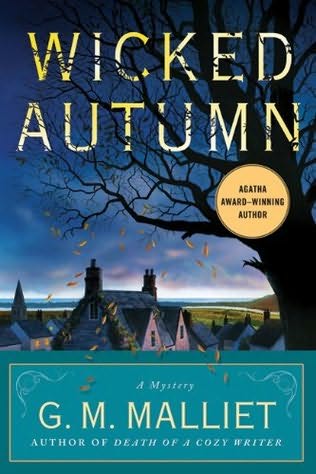In a truly chilling scene in the first chapter of A Killer's Essence two young children miraculously elude a murderous pedophile, an experience that leaves one marked for life with a sixth sense for evil. The book then jumps forward to when that child, Stan Green, has become a burned-out Manhattan homicide detective. All he has to show for his psychic talent is a divorce, a cheap suit, and a bitchy girlfriend.
On the case of a particularly grisly murder, Green learns that his sole witness, Zach, was once clinically dead for six minutes. As a result of his near-death experience, and occipital lobe damage, Zach can no longer see people's faces, just their souls. Unfortunately, only faces count during a police lineup, so the police brass discount him as a nut. Drawing from his own past, Detective Green is less judgmental. Furthermore, he suspects that the murder is just the first of a series. He's right. When the slaughter continues, Green uses Zach's ability to see souls in order to hunt down the killer, but damages his already shaky future with the NYPD brass.
In riveting narrative, Zeltserman illustrates what happens to a wounded man whose psychic powers outstrip his ability to cope. Think you'd like the power to see inside the dark hearts of others? Think again. How would it feel if, on the way to the office, we saw demons on the sidewalk, harpies on the subway? This is strong stuff, and the author is expert at sharing Zach's horror, as well Green's empathic reaction to it. In the end discovering the killer's identity isn't half as compelling as the inner torment of two men who are "gifted" with psychic abilities.

 A missing child provides the backdrop for Harbor, a Swedish genre-crossing suspense.
A missing child provides the backdrop for Harbor, a Swedish genre-crossing suspense. Meet MI5 agent turned Anglican priest Max Tudor in this new series set in the English countryside series.
Meet MI5 agent turned Anglican priest Max Tudor in this new series set in the English countryside series.
